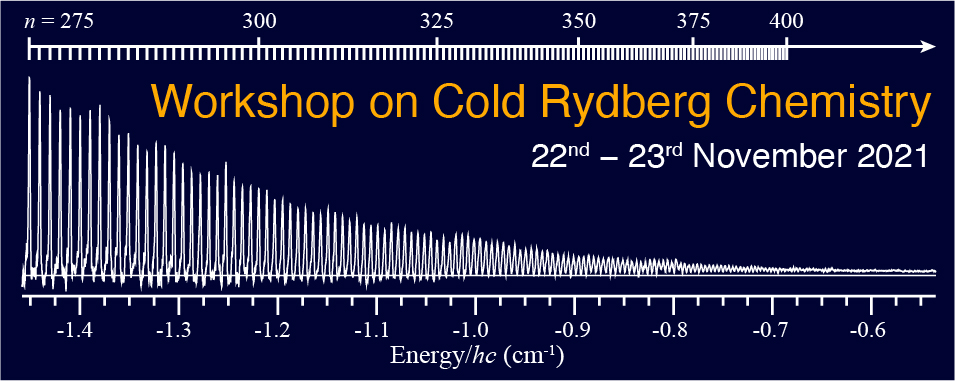Speaker
Description
Strong correlation operates in many-body systems out of equilibrium to constrain the mobility of matter and energy. Local potentials oppose ergodic driving forces and trap systems in local minima. Diverse emergent phenomena, including glassiness, topological phases, quantum magnetism, fractional quantum Hall states, and high-temperature superconductivity, all owe defining characteristics to constrained or directed transport either in the classical or quantum regime. Rydberg gases offer particular advantages as materials from which to form out-of-equilibrium strongly correlated many-body systems. Rydberg- Rydberg interactions occur with exaggerated coupling energies in systems of rarified density. Atomic Rydberg ensembles exhibit cooperative properties that range from precisely defined pairwise and higher-order coherent phenomena to aggregation, dissipation, non-equilibrium phase transitions and avalanche to plasma. Experiments elsewhere have established evidence for self-organizing criticality in ultracold and room-temperature atomic gases. Here, we explore the dynamical properties of the out-of-equilibrium arrested state produced when a molecular Rydberg gas of nitric oxide entrained at milli-Kelvin temperature in a skimmed supersonic beam evolves via a sequence of electron-impact avalanche, bifurcation and quench to form a strongly coupled, ultracold plasma. This system naturally populates energy bands with an order determined by constraints that link molecular predissociation rate to Rydberg orbital angular momentum. Inter-band Rydberg-Rydberg transitions exhibit Fano lineshapes that reflect the degree to which bright states interact with a network of coupled Rydberg molecules that forms a spatially correlated system of randomly interacting dipoles of random energies. Particular spectroscopic transitions to a subset of highly dissociative states between bands drive the ensemble to form an open quantum system, with striking consequences evident in the collapse and dissipation of the quenched system. A description of these dynamics must account for a very large number of Rydberg and excitonic states linked by this unconventional web of many-body interactions. This condition vastly exceeds the complexity of quantum optics in a conventional few-level scheme. We have taken steps to model this system in the limit of a semi-classical many-body spin model including dissipation and disorder.

